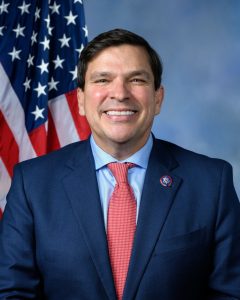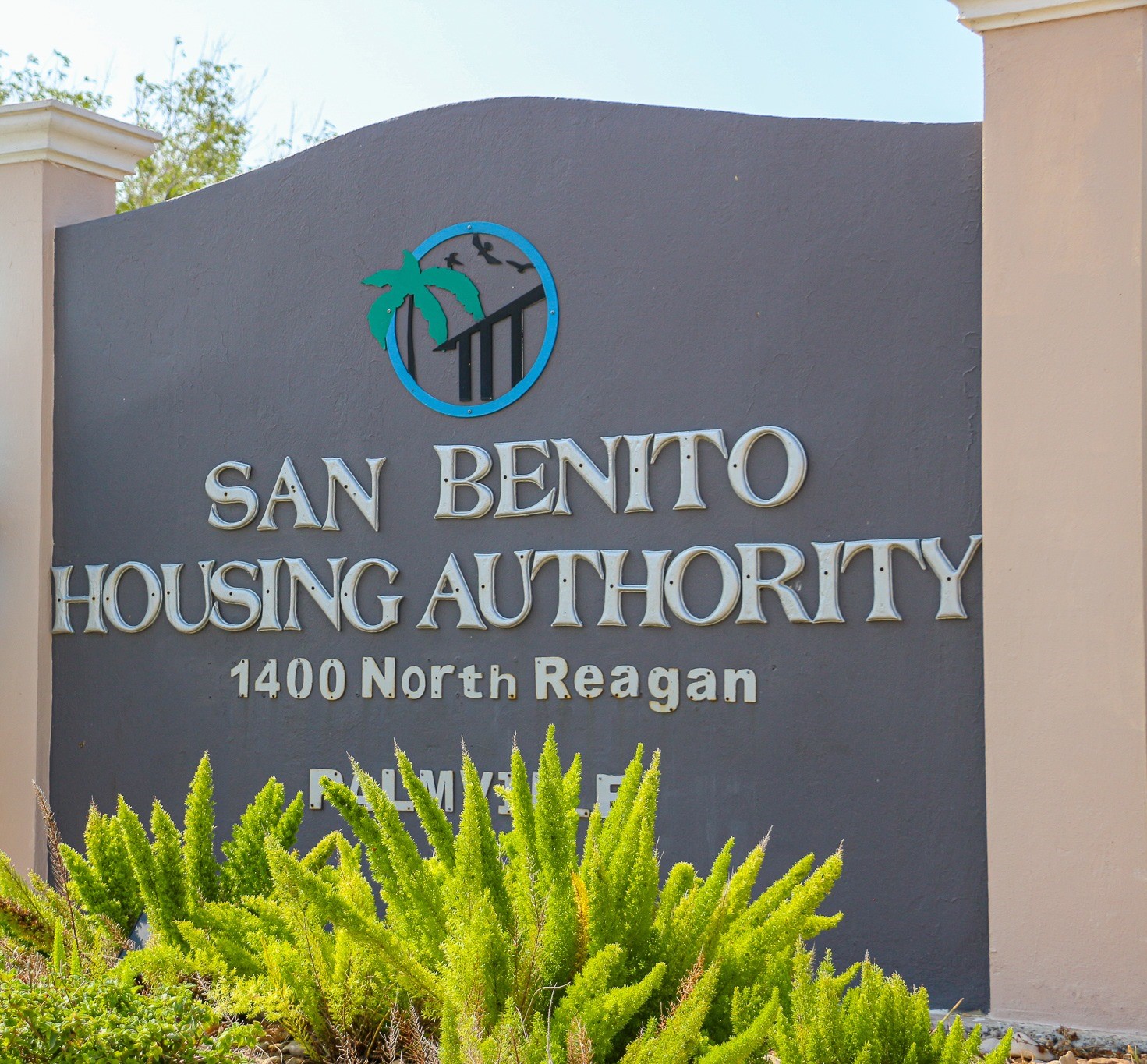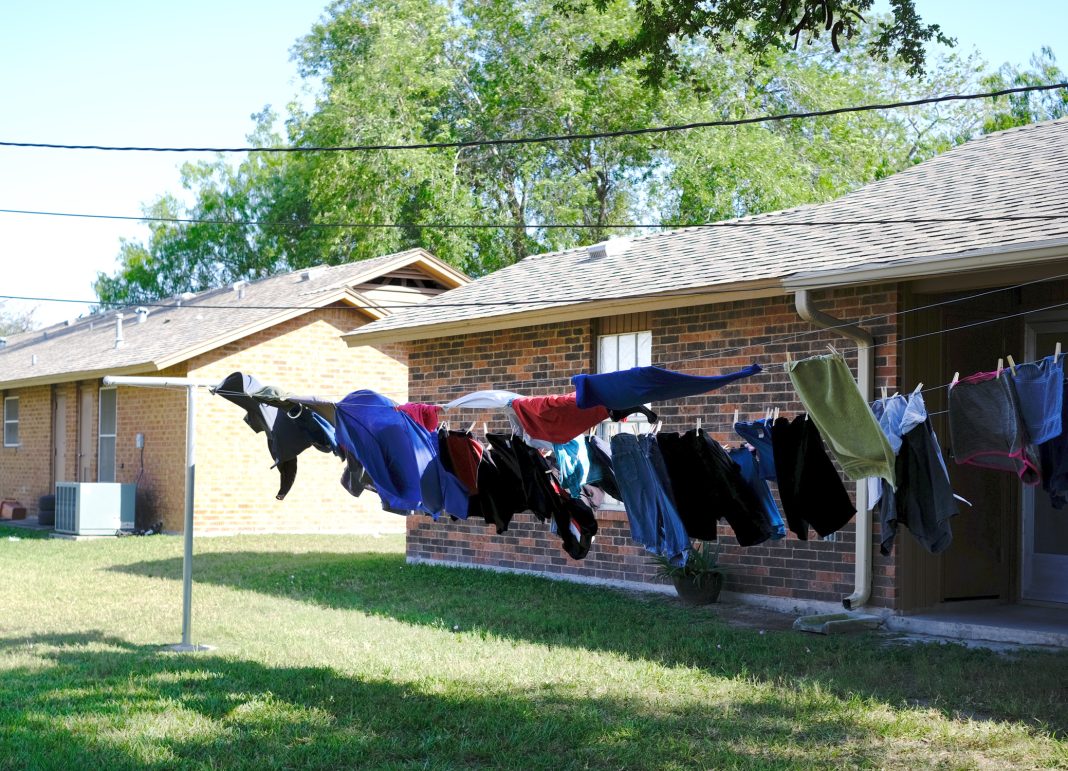|
Only have a minute? Listen instead
Getting your Trinity Audio player ready...
|

Several housing authorities across the Rio Grande Valley were recently awarded funding for maintenance and modernization.
U.S. Rep. Vicente Gonzalez, D-Brownsville, announced the nearly $8 million funding award in a news release Wednesday.
“In 2023, Texas ranked the 6th worst state in the nation for affordable housing,” Gonzalez stated in the news release.
“The rising costs of rent and homeownership across our country highlights the important role housing plays in supporting disadvantaged communities. Our local public housing authorities in South Texas understand that — which is why they provide safe, clean, and reliable housing needs for our community,” he further stated.
The money comes as part of the Department of Housing and Urban Development’s “Capital Fund Program,” which provides annual grants to public housing authorities, or PHAs, across the country.
This year, nearly 2,800 PHAs received $3.17 billion in funding, according to the news release.
At more than $1 million each, the Valley’s biggest beneficiaries are the Harlingen, Edinburg and Cameron County housing authorities.
In all, 18 South Texas housing authorities received funding:
>> $1,663,320 for the Harlingen Housing Authority;
>> $1,219,053 for the Edinburg Housing Authority;
>> $1,013,746 for the Cameron County Housing Authority;
>> $606,194 for the Mercedes Housing Authority;
>> $602,578 for the Pharr Housing Authority;
>> $382,495 for the Housing Authority of the City of Brownsville;
>> $313,896 for the Elsa Housing Authority;
>> $303,381 for the Donna Housing Authority;
>> $281,862 for the San Benito Housing Authority;
>> $271,203 for the Weslaco Housing Authority;
>> $250,356 for the Kingsville Housing Authority;
>> $209,962 for the Kenedy Housing Authority;
>> $195,772 for the McAllen Housing Authority;
>> $187,962 for the Port Isabel Housing Authority;
>> $144,591 for the Hidalgo County Housing Authority;
>> $119,386 for the Los Fresnos Housing Authority;
>> $89,533 for the Alamo Housing Authority, and;
>> $86,955 for the Edcouch Housing Authority.

As Rudy Ramirez, the executive director for the McAllen Housing Authority, said, the funding is distributed by HUD annually. Housing authorities then use it for maintenance and modernization efforts at existing public housing units or developments.
“Those funds are to upkeep our properties. And in McAllen, there’s 89 families that we service,” Ramirez said.
“And those 89 units that I’m talking about are embedded in Retama I and II, which is there off 23rd (Street), Jasmine and Ivy (avenues),” he added.
Part of the funding can be used to subsidize the rents, for operational expenses, or for deferred maintenance.
The federal government classifies public housing residents as those whose income is at or below 30% of the median household income, Ramirez said.
Most housing authorities within the Valley group such residents together in housing developments that are more commonly referred to as “projects,” Ramirez said.
In McAllen, however, those residents are “embedded” in housing developments that include mixed populations of public housing residents, low-income residents who make up to 50% or 80% of the median household income, and those who pay market rates for rental housing, he said.
Meanwhile, McAllen and other cities are currently in competition for other pots of federal funding as part of efforts to increase affordable housing in the region.
That funding, which comes via a tax credit program offered by the IRS, would help bring hundreds of new affordable rentals throughout Hidalgo County.
The funding is awarded after a competitive process, with numerous hopefuls vying for a limited tranche of funds.
The Texas Department of Housing and Community Affairs administers the funding on behalf of the IRS, said Henry Flores, president of Madhouse Development Services, a housing development company based in Austin.
“The tax credit program was created in 1986 as part of the Tax Reform Act that occurred that year. It was a Ronald Reagan initiative,” Flores said.
“It is meant to combine private capital, primarily from banks, to the sale of tax credits and conventional debt for the development of new affordable housing that targets families … who earn less than 60% of the area median income,” he added.
But funding is limited. Texas receives about $90 million in tax credit allocations annually, which it then distributes regionally, Flores explained.
In Hidalgo and Cameron counties alone, there’s approximately $6 million available; however, there are 11 proposals seeking some $22 million.

Each tax credit allocation maxes out at about $2 million, meaning there’s only enough funding for three projects.
In February, representatives from various affordable housing developers presented their proposed projects to city governments across the county in hopes that receiving a city’s support would push their project across the finish line in the scoring process.
The scoring process includes numerous variables that can make a project more attractive to the TDHCA, including whether a development project has the support of its city leaders.
Flores delivered such presentations for projects that, if awarded, would be built in McAllen and Edinburg.
Both cities had multiple developers vying for their support, but ultimately, the McAllen City Commission and the Edinburg City Council gave their stamp of approval to Flores’ Madhouse projects.
Currently, all 11 Valley projects have nearly equal scores.
“Everybody maxes out the score and then the tiebreaker is what really determines the outcome,” Flores said.
He expects the tiebreakers to be how close the proposed developments would be to elementary schools, parks, grocery stores and libraries.
“Whoever is closest wins the competition,” Flores said.
The TDHCA funding decisions are expected to be announced in late July.




